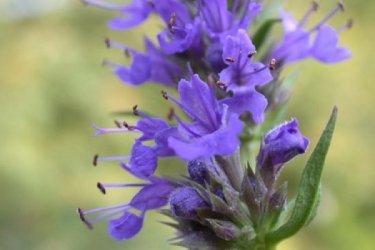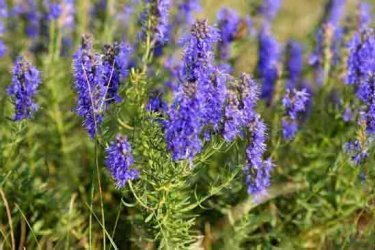Hyssop
A perennial plant of the Lamiaceae family, hyssop is found in the wild: in the Caucasus, in the mountains of Eastern Europe, and in Central Asia. As a cultivated plant, it is grown as an ornamental, melliferous, essential oil, medicinal, and spicy plant.
Hyssop can be used as a backdrop for bright, showy flowers. The plant combines well with fragrant perennials and annuals, creating hedges of bushes that can be used to zone gardens.
Hyssop should be planted in lighted areas that are cleared of weeds and have loose soil, in early spring or late autumn. Seeds usually grow at a temperature of 18 degrees. When planting seedlings, it is necessary to maintain a distance of about 25 cm between the bushes.
Caring for hyssop involves weeding, loosening, and fertilizing. Harvesting involves cutting young shoots, which are then dried in the shade. Fragrant leaves and flowers are added to teas, sauces, salads, vegetable soups, meat, pate, minced meat.
As a medicinal plant, hyssop helps with asthma, rheumatism, gastrointestinal upset, and increased sweating.


